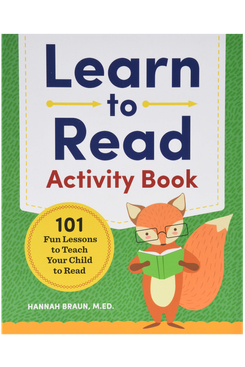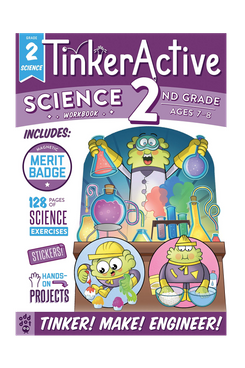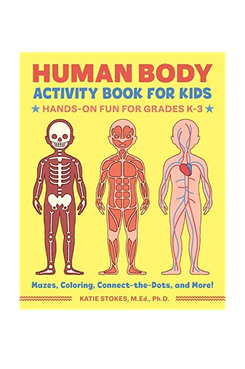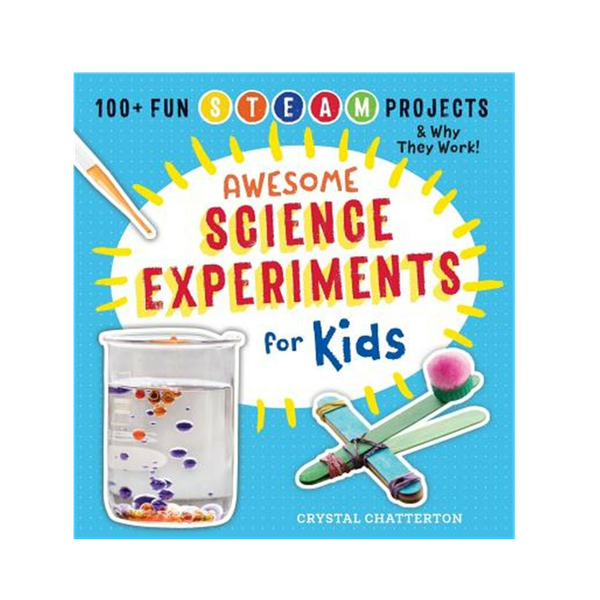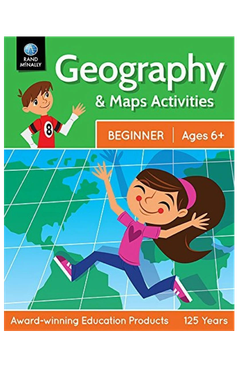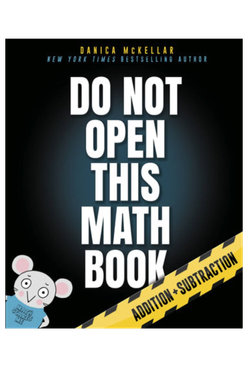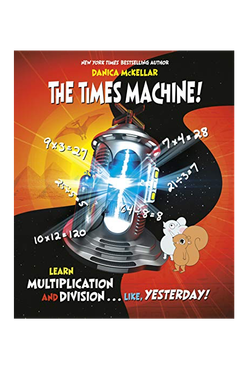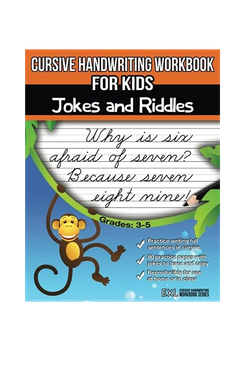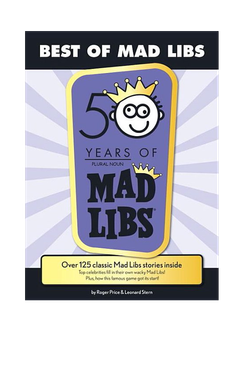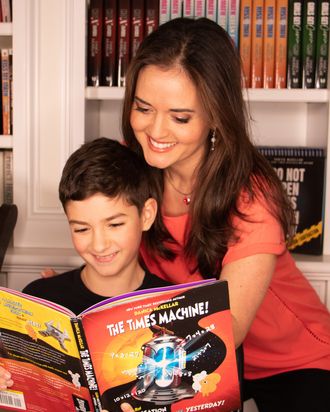
Danica McKellar, who played Winnie Cooper on The Wonder Years, is a UCLA graduate, education advocate, and mathematician who has published ten books (!) about math. Her latest, The Times Machine! Learn Multiplication and Division … Like Yesterday!, came out in June.
I’ve been homeschooling my 9-year-old son his whole life, so I know a thing or two about making schooling from home a little more enjoyable for the student and the teacher (and by “teacher,” I of course mean “parent”). Plus, having written professionally about math for years, I’ve become something of an expert on educational books.
There are tons of options out there, many of which cover all the necessary subjects in one big workbook; Scholastic and Brain Quest, for example, have a little bit of everything and are offered at many grade levels. Are they fun? Sure! While they can be a fine supplement, I much prefer teaching with books that go deep into a subject instead of trying to cram too much material in at once. With more specialized books, I find that the quality of teaching goes up. And not only is it easier to tailor your child’s education, it’s also really satisfying to close one book when you’re done with that subject and move on to the next. Ahead, my favorite workbooks, from math to biology to cursive handwriting.
Reading
This is an easy-to-use, page-a-day workbook to teach your child to read. It’s colorful and fun, but it also really breaks down the sounds of the letters and tells parents exactly how to guide their child on each page, even suggesting what to review at the beginning of each mini-lesson. The book starts with letter identification, and by the end, kids are reading sentences like “We get a clock” and “This is for Mom.”
Engineering
Great for your fledgling engineer. This book has all sorts of problem-solving, along with hands-on science and engineering activities using everyday household items like toilet-paper rolls, toothpicks, rubber bands, cotton balls, and foil. You’ll learn about structural engineering, marine biology, and rainforests, hosted by adorable “Mot-Mot” creatures.
Biology
Super-fun workbook that has cartoony diagrams, coloring, and crossword puzzles, and comes loaded with at-home activity ideas for each topic, like bones, skin, brain, digestive and immune system. The workbook finishes with a very simple but effective presentation on how to stay healthy. Highly recommend!
Chemistry and Physics
Written by a fellow homeschooling mom, this book contains science experiments divided into the STEAM categories: science, technology, engineering, arts, and math, all from the perspective of the chemistry and physics that make these experiments work. It’s less of a workbook, more of a “cookbook” — step-by-step instructions for making science happen at home. While some experiments will require buying materials (like those tiny LED lights or dry ice), everyday household items will suffice for most of the experiments, including a homemade lava lamp, fire extinguisher, pulley system, water-glass xylophone, tornado in a bottle, and more. Tons of great science to be learned and thrills to be had.
Geography
I love this one for its colorful maps, hands-on activities, games — like decoding messages, mazes, word scrambles — as well as simple art projects. The first half focuses on U.S. geography, and the second half opens up to the rest of the world. It covers physical geography, climates, time zones, lines of longitude and latitude, populations, and even famous landmarks to give kids a feel for what exists outside their own neighborhoods. They also offer an intermediate workbook for ages 9–14, but this beginner workbook has plenty of information that most of us parents don’t even know!
Full disclosure: I wrote this book. Intended for first- and second-graders, it teaches addition and subtraction with the help of a skeptical mouse (who, hence the name, really does not want you to open this book). I use cartoons, humor, and lighthearted analogies to teach concepts like place value, fact families, using ten-frames, doing mental calculations, and more. And because math looks so different now than it did when we were kids, in the back I’ve included something called the “New Math Translation Guide for Grown-ups.”
Multiplication and Division
This is the sequel to Do Not Open This Math Book, and it teaches multiplication and division. It’s filled with graphic-novel-style comic strips where the characters travel through time and space to learn methods of multiplication and division, with mini history lessons along the way. Since kids often have difficulty memorizing their multiplication facts, I’ve also included an entire section dedicated to helping kids learn their times tables, once and for all. I use entertaining stories, cartoons, and poems to make learning multiplication facts feel silly and fun. Just like my previous book, there’s also a math translation guide for grown-ups at the end.
Handwriting
Every page of practice consists of a joke or riddle for your child to copy in cursive. “What kind of bee can’t make up its mind? A maybe!” and “Why didn’t the oven go to college? Because it had a lot of degrees already!” You get the idea. Sure, they’re groaners — but they’re perfect for this age, and a great way to liven up what can be a monotonous activity.
Grammar
An oldie but goodie. I cannot tell you how many times we’ve played fill-in-the-blanks Mad Libs over dinner, talked about parts of speech, and then laughed until we fell off our chairs. I have a husband, a son, and a teenage stepson, so you can imagine there’s a lot of potty humor (fart can be a noun or a verb, but farty is definitely an adjective). It’s an awesome opportunity to learn while having a giggle — so much so I couldn’t resist sharing, even if it isn’t the most traditional educational “workbook.”
The Strategist is designed to surface the most useful, expert recommendations for things to buy across the vast e-commerce landscape. Some of our latest conquests include the best acne treatments, rolling luggage, pillows for side sleepers, natural anxiety remedies, and bath towels. We update links when possible, but note that deals can expire and all prices are subject to change.
